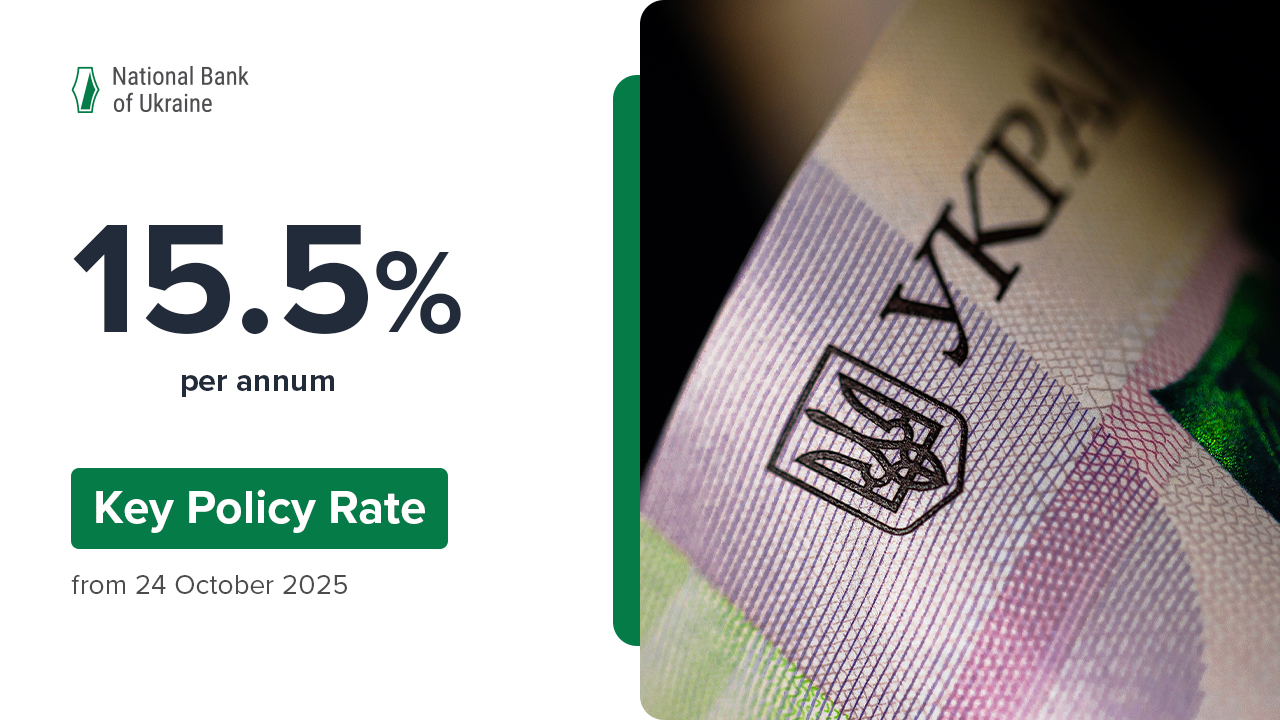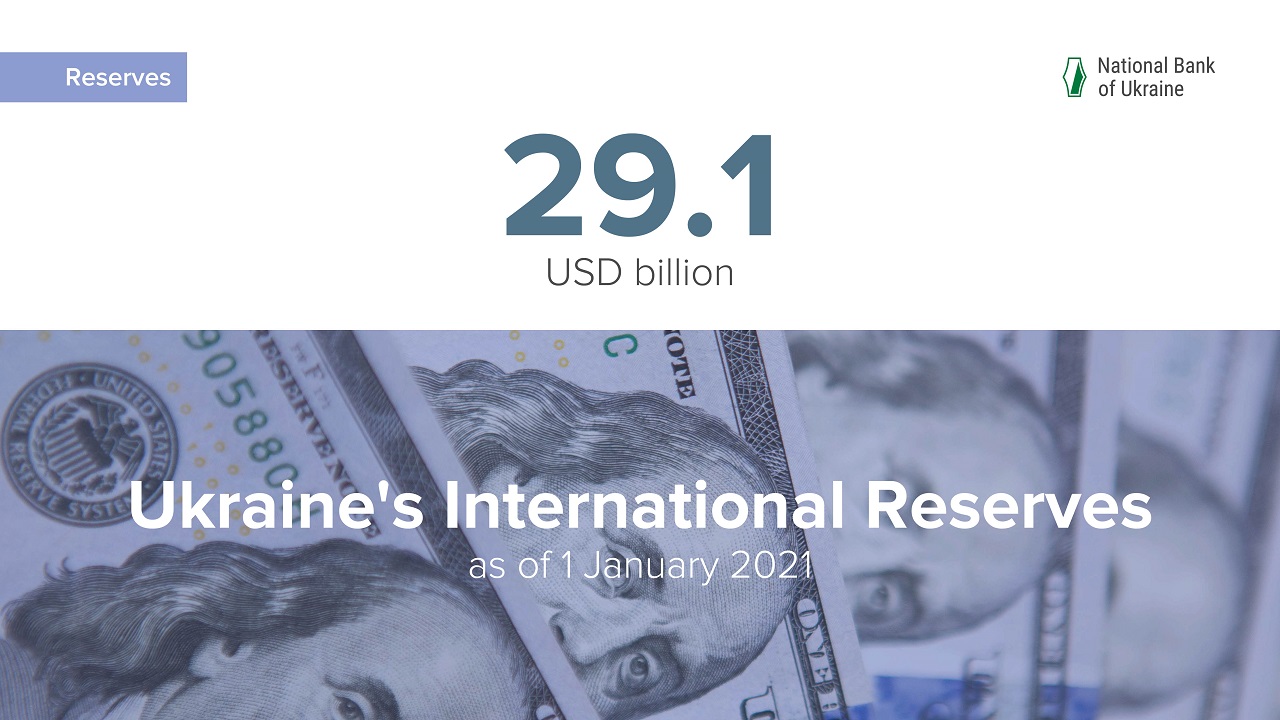In 2020, Ukraine’s international reserves rose by 15%, to an equivalent of USD 29.1 billion as of 1 January 2021. This is an eight-year high. The last time that international reserves exceeded this level was in September 2012. This level is in line with what the NBU projected in its October 2020 Inflation Review.
The NBU managed to increase international reserves by a total USD 3.8 billion in a crisis year thanks to its consistent exchange rate policy. The NBU’s net FX purchases exceeded USD 1 billion for the year despite the fact that the central bank in March 2020 generated USD 2.2 billion in net FX sales to smoot out exchange rate fluctuations that weakened the hryvnia during the introduction of quarantine measures.
At the same time, repayments on public and publicly guaranteed debt came in at an equivalent of USD 10.4 billion. This was almost identical to the FX inflows received by the government (USD 10.3 billion).
The increase in international reserves in 2020 was also driven by the revaluation of financial instruments (due to changes in their market value and exchange rate fluctuations). These rose in value by USD 2.3 billion.
In December 2020, Ukraine’s international reserves were up by almost USD 3 billion. This was due to the significant FX inflows to the government, and the NBU’s net FX purchases in the interbank FX market. In December, international reserves were affected by the following factors:
- First, the government’s servicing of public debt. FX inflows to the government amounted to an equivalent of nearly USD 3 million. Specifically, the government received an equivalent of USD 1 billion from the placement of domestic government debt securities, and USD 670.2 million from Eurobond placements. At the same time, the government spent and equivalent of USD 478.3 million on servicing and repayment of FX public debt. That includes the USD 414.9 million that went toward servicing and repayment of FX domestic government debt securities. The rest of the funds was spent on meeting the state’s other FX commitments.
- Second, the NBU’s interbank FX market transactions. In the first half of December, FX supply in the market surpassed demand as nonresident activity in domestic government debt securities auctions intensified. During this period, the NBU bought USD 378.6 million to replenish international reserves. Later in December, FX demand strengthened, in part due to a recovery in state budget expenditures. To smooth out exchange rate fluctuations that weakened the hryvnia, the NBU intervened several times by selling USD 89.4 million. The NBU thus made USD 289.2 million in net FX purchases in the interbank FX market in December.
- Third, revaluation of financial instruments. These instruments gained an equivalent of USD 217.5 million in value last month.
Currently, international reserves could pay for 4.8 months of future imports. This is sufficient for Ukraine to meet its commitments and for the government and the NBU to conduct their current operations. Data on international reserves and FX liquidity are compiled and distributed on a monthly basis:
- for preliminary data, no later than on the seventh day after the reporting month ends
- for revised data, no later than on the 21st day after the reporting month ends.
Revised data and a breakdown of international reserves are available here.







